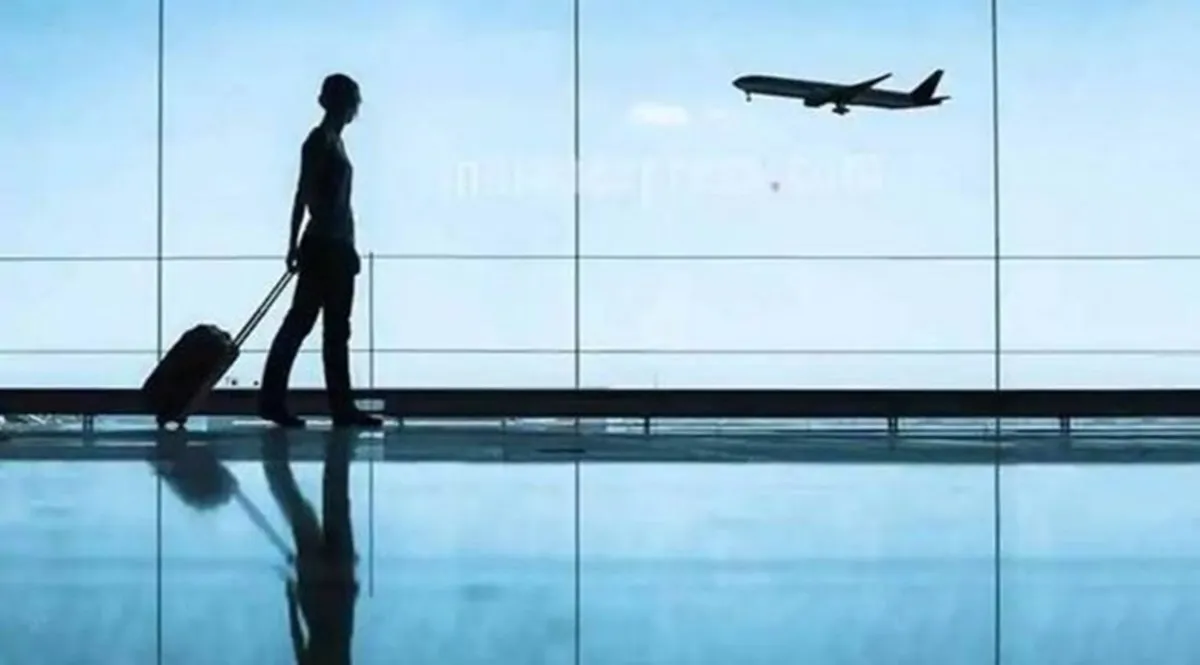Navigating the Return of Corporate Road Warriors
Business travel has faced significant challenges throughout the pandemic recovery, with corporate professionals adapting to video calls and remote work. However, there are promising signs that U.S. business travelers are slowly returning to the skies, signaling a gradual recovery in this sector.
1. Slow But Steady Return
Despite initial hesitance, U.S. business travelers are making their way back, albeit cautiously. This cautious optimism is reflected in the forecasted recovery, with business travel expected to reach 95% of its 2019 level by the end of 2024, up from 89% in the previous year.
2. Tech Companies Leading the Charge
Traditionally slower to resume business travel, West Coast technology companies are also seeing a resurgence in travel activity. This shift suggests a broader trend of recovery across industries.
3. Fortune 500 Driving Demand
Alaska and Delta Air Lines executives have noted a growing demand for travel among Fortune 500 companies, signaling a shift from leisure to corporate travel. This shift is a positive indicator for the airline industry, which has relied heavily on leisure traffic in recent years.
4. Optimistic Outlook from Industry Leaders
Alaska Airlines CEO Ben Minicucci and Delta President Glen Hauenstein have expressed optimism regarding the return of business and corporate traffic. They cite increasing travel volume by companies like Amazon and Microsoft as evidence of this trend.
The Road Ahead: Challenges and Opportunities
While the resurgence of business travel is encouraging, it comes with challenges that travel companies must navigate.
1. Price Pressures
Corporate travel managers are facing higher prices across the travel ecosystem, including airlines, hotels, and rental car chains. This pricing power poses challenges for businesses looking to manage travel expenses.
2. Impact of Remote Work
The prevalence of remote work has changed the way businesses approach travel, with reduced time in the office leading to less frequent business trips. This shift requires companies to reassess their travel policies and priorities.
3. Sustainability Considerations
Corporate sustainability goals are influencing travel decisions, with many companies aiming to reduce travel per employee to meet sustainability targets. This shift towards more sustainable practices may impact travel volumes in the long term.
4. Economic Factors
Despite challenges, a strong U.S. economy with low unemployment and return-to-office policies is driving demand for business travel. This economic resilience provides opportunities for travel companies to recover and grow.
The resurgence of business travel in 2024 offers hope for the travel industry, signaling a gradual return to normalcy after the disruptions of the pandemic. While challenges remain, industry leaders are optimistic about the road ahead and the opportunities for growth and recovery.




